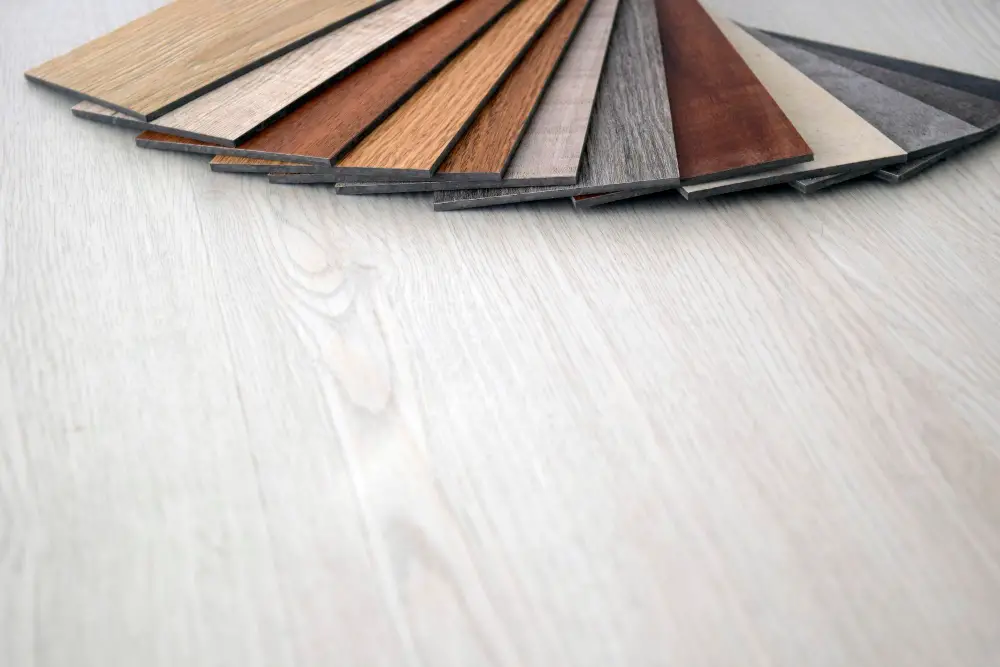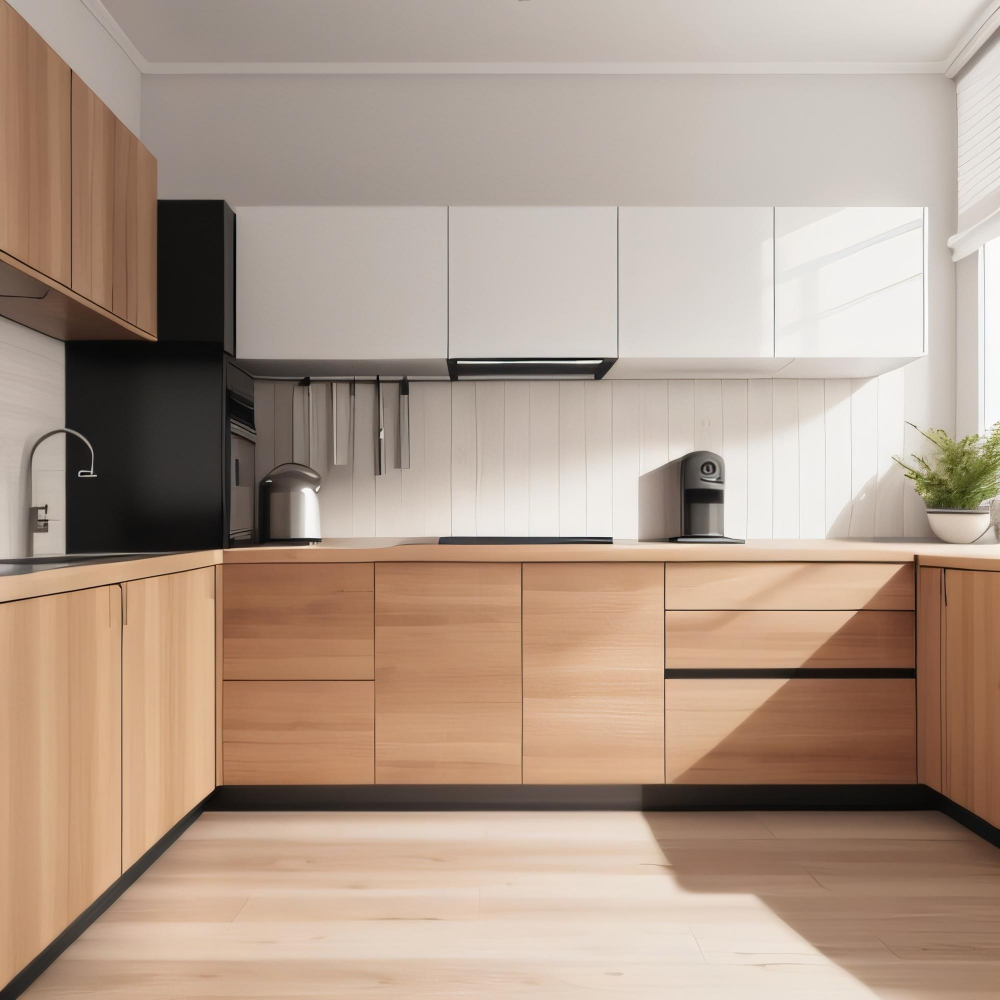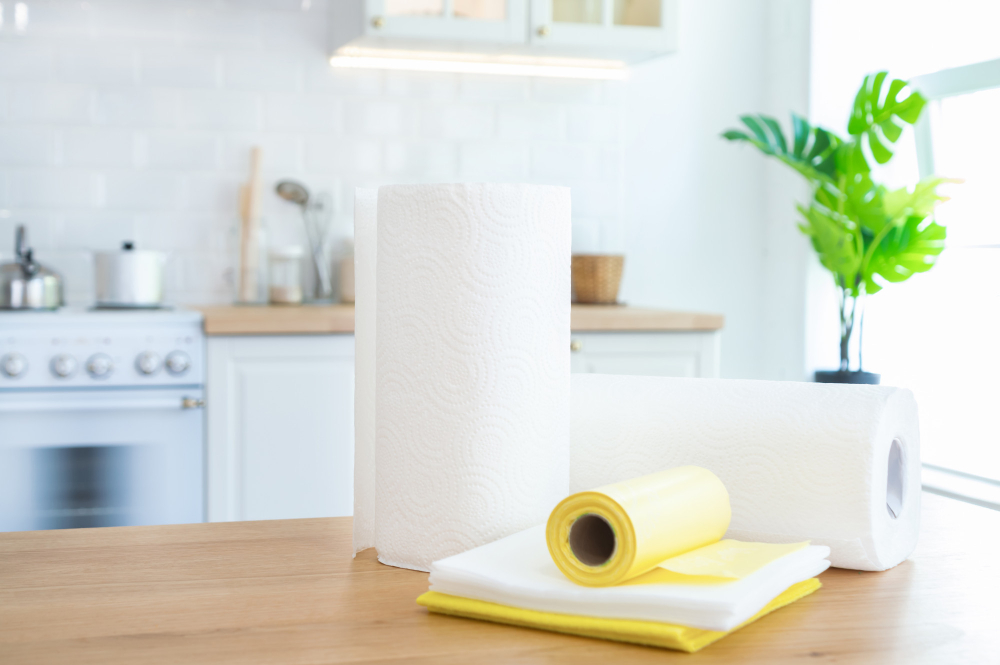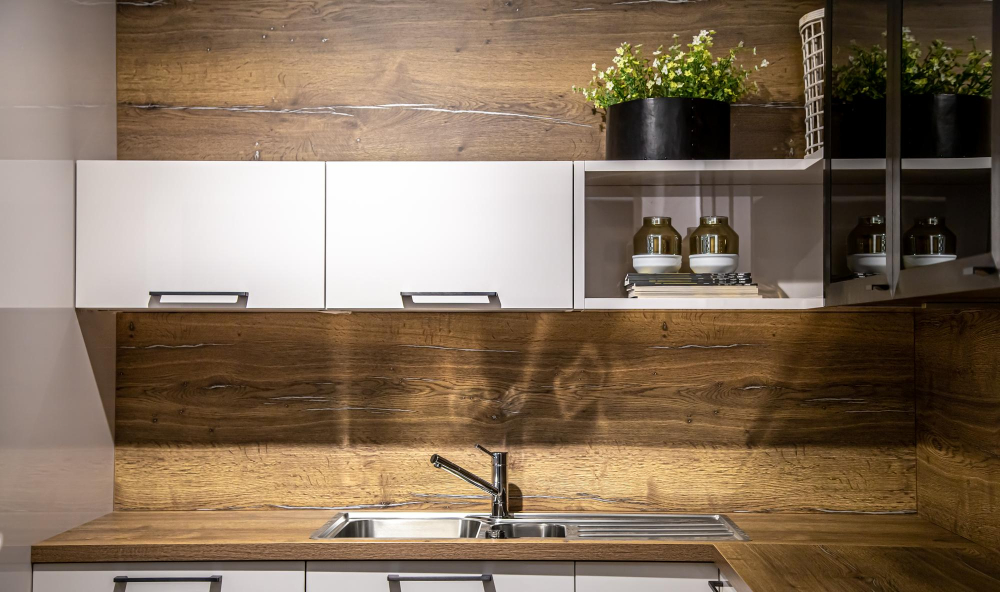Last updated on
Discover the perfect way to protect and transform your kitchen countertops with these simple yet effective methods.
Are you tired of looking at your dull and worn-out kitchen countertops? Do you want to give your kitchen a fresh new look without breaking the bank? Well, covering your countertops is an easy and cost-effective solution that can transform the entire look of your kitchen. In this article, we’ll show you how to cover your kitchen countertops with different materials and styles that will suit any budget and taste.
So, let’s get started on giving your kitchen a much-needed facelift!
Key takeaways:
- Choose the right materials: Consider your needs and preferences, such as affordability, durability, and style.
- Measure accurately: Take precise measurements to ensure the proper amount of material.
- Prep the surface: Clean, sand, and repair any imperfections before applying the new covering.
- Install laminate countertops: Cut and bond laminate sheets using contact cement adhesive.
- Consider eco-friendly options: Recycled glass, bamboo, reclaimed wood, and soapstone are sustainable choices.
What's Inside
Choosing Materials
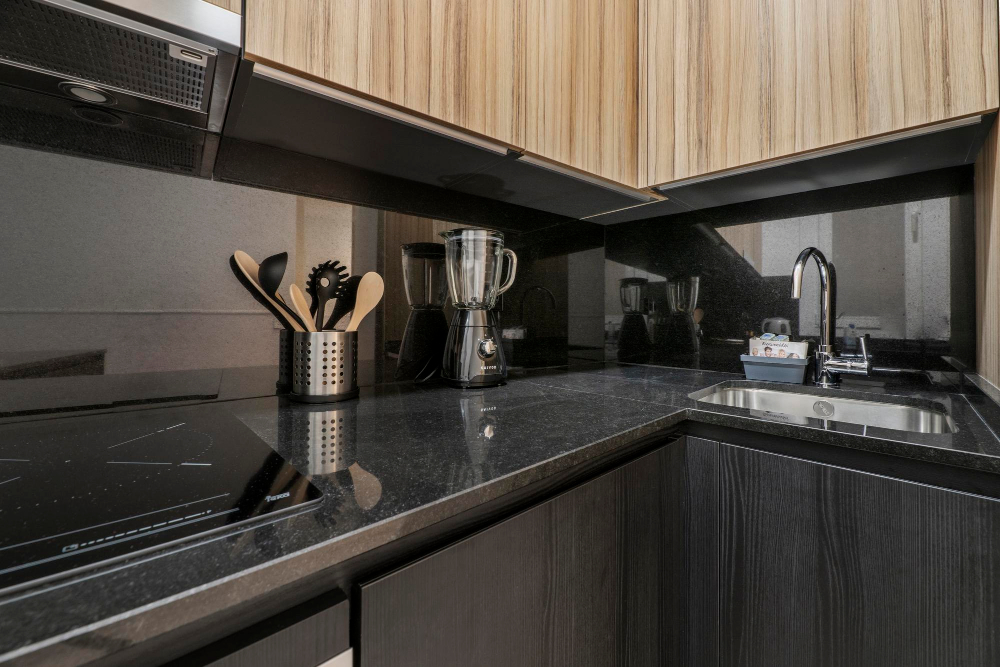
Each material has its own unique characteristics and benefits, so it’s important to consider your needs and preferences before making a decision.
Laminate is one of the most popular options due to its affordability and versatility. It comes in a wide range of colors and patterns that can mimic the look of more expensive materials like granite or marble.
Tile is another popular choice that offers durability and easy maintenance. It also allows for endless design possibilities with different shapes, sizes, colors, and textures.
Concrete provides an industrial-chic look that’s perfect for modern kitchens while wood adds warmth and natural beauty. Stone such as granite or quartz offers elegance but can be quite pricey.
Stainless steel gives off an ultra-modern vibe while peel-and-stick coverings offer convenience without sacrificing style.
Measuring Countertops
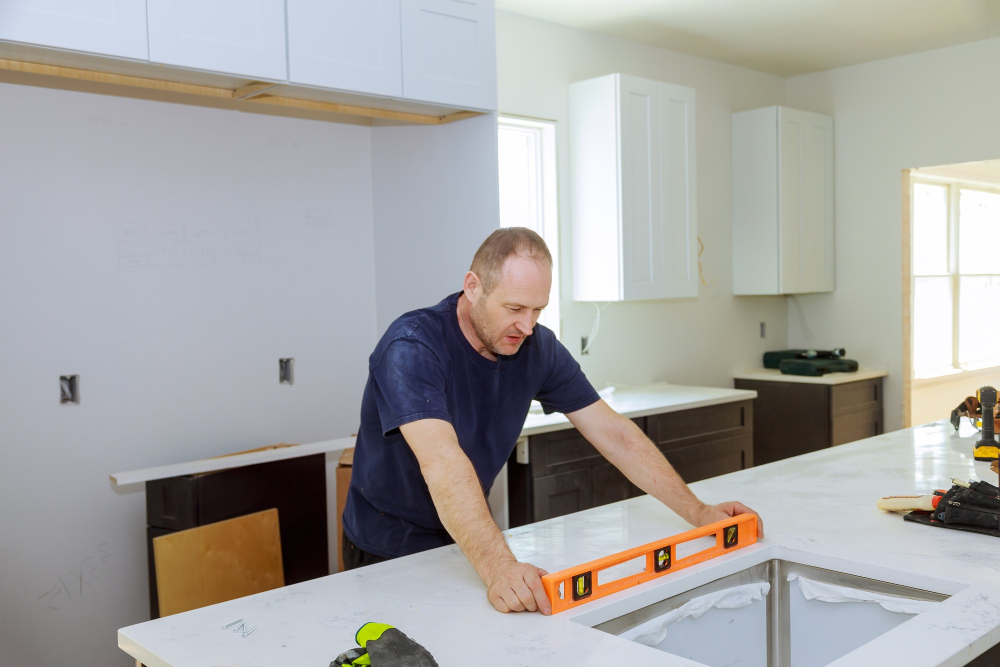
Measuring your countertops will help you determine the amount of material needed and ensure that everything fits perfectly. To get started, gather a measuring tape, paper, and pencil.
Begin by measuring the length of each countertop section from end to end. Then measure the width from front to back.
If there are any corners or angles in your countertop design, be sure to take measurements at those points as well.
Once you have all of these measurements written down on paper or recorded digitally (if using an app), add up all the lengths and widths for each section separately before calculating their total square footage.
Prepping the Surface

This step is crucial as it ensures that the new material adheres correctly and lasts longer. First, remove any items from your countertop and clean it thoroughly with soap and water or a degreaser to get rid of any dirt or grime.
Next, sand down the surface lightly using fine-grit sandpaper to create a rough texture that will help the adhesive stick better.
Afterward, wipe down the countertop again with a damp cloth to remove any dust particles left behind by sanding. If there are cracks or chips on your countertop’s surface, fill them in with wood filler for wooden countertops or epoxy resin for other materials like stone and concrete.
Let everything dry completely before proceeding further.
Laminate Countertops
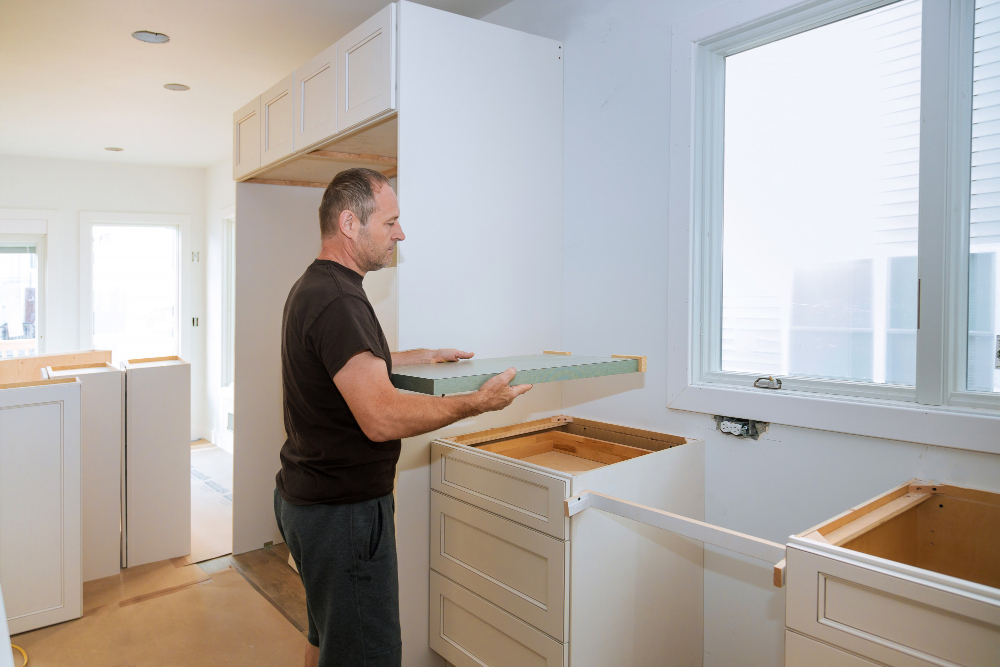
They come in a wide range of colors, patterns, and textures that can mimic the look of natural stone or wood. Laminate is also easy to clean and maintain, making it ideal for busy households.
To install laminate countertops, you’ll need to measure your existing countertop surface accurately. Then you’ll need to cut the laminate sheets according to those measurements using a circular saw or jigsaw with a fine-toothed blade.
Once you have your pieces cut out, apply contact cement adhesive on both surfaces (the countertop surface and the backside of the laminate sheet). Allow them both time to dry before carefully aligning them together starting from one end then pressing down firmly as you go along until they’re fully bonded.
Tile Countertops
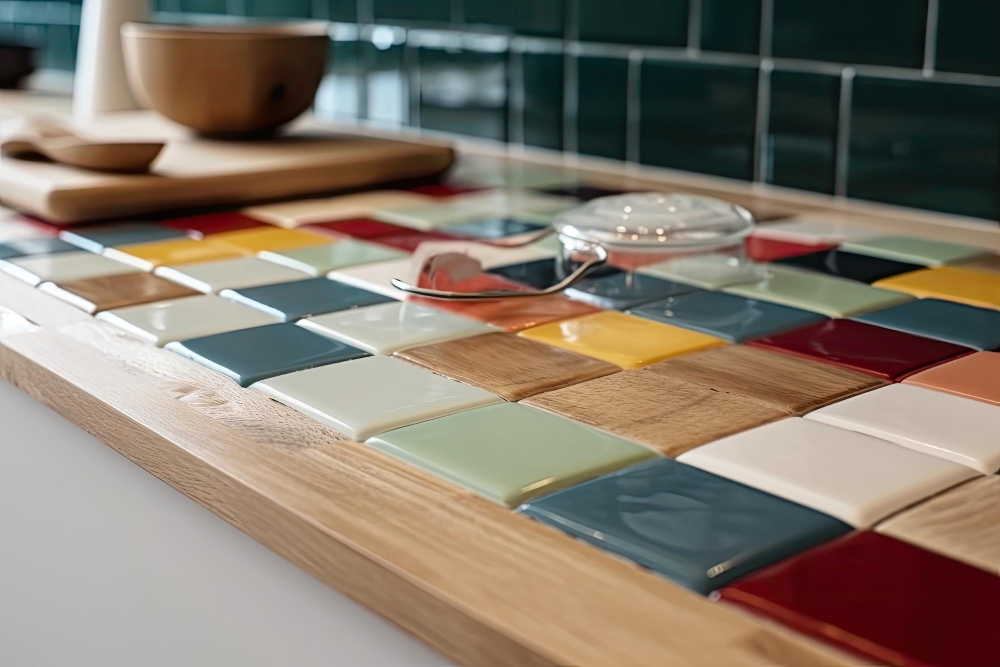
They come in a variety of materials, including ceramic, porcelain, glass, and natural stone. One of the biggest advantages of tile countertops is that they are durable and easy to clean.
However, installing tile can be time-consuming and requires some skill.
To install tile countertops yourself:.
- Measure your countertop area accurately.
- Choose the type of tiles you want.
- Prepare the surface by cleaning it thoroughly.
- Apply thin-set mortar on top of your countertop surface using a notched trowel.
- Place each piece carefully onto the mortar bed with spacers between them until all tiles have been laid out
- Allow 24 hours for drying before grouting
- Apply grout over all joints between tiles using a rubber float tool
- Wipe off excess grout with damp sponge or cloth after 10 minutes
- Wait another day before sealing
If you’re not confident in doing this yourself or don’t have enough time on hand then hiring professionals would be best suited for you.
Concrete Countertops
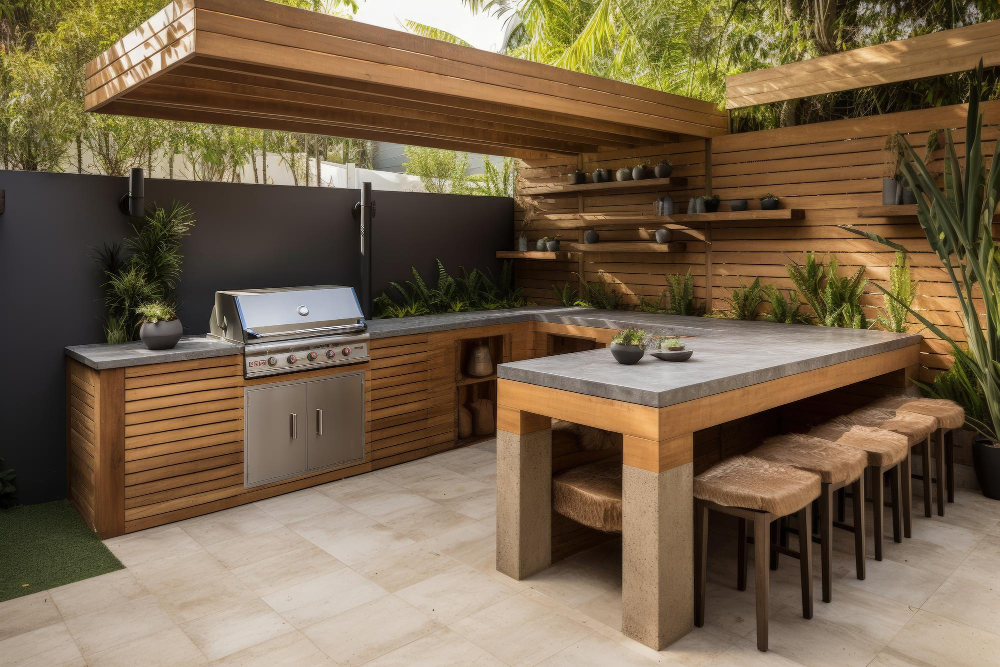
They are durable, heat-resistant, and can be customized to fit any style or color scheme. To install concrete countertops, you will need to create a mold of your existing countertop or build one from scratch using melamine boards.
Once the mold is ready, mix the concrete according to instructions and pour it into the mold.
After letting it cure for several days, remove the countertop from the mold and sand down any rough edges or imperfections. You can also add sealant or wax to protect your new concrete surface from stains and scratches.
One thing to keep in mind when choosing concrete as your countertop material is that it is porous which means that liquids like wine or coffee may leave permanent stains if not cleaned up immediately. However with proper maintenance such as regular sealing every few years this should not be an issue.
Wood Countertops
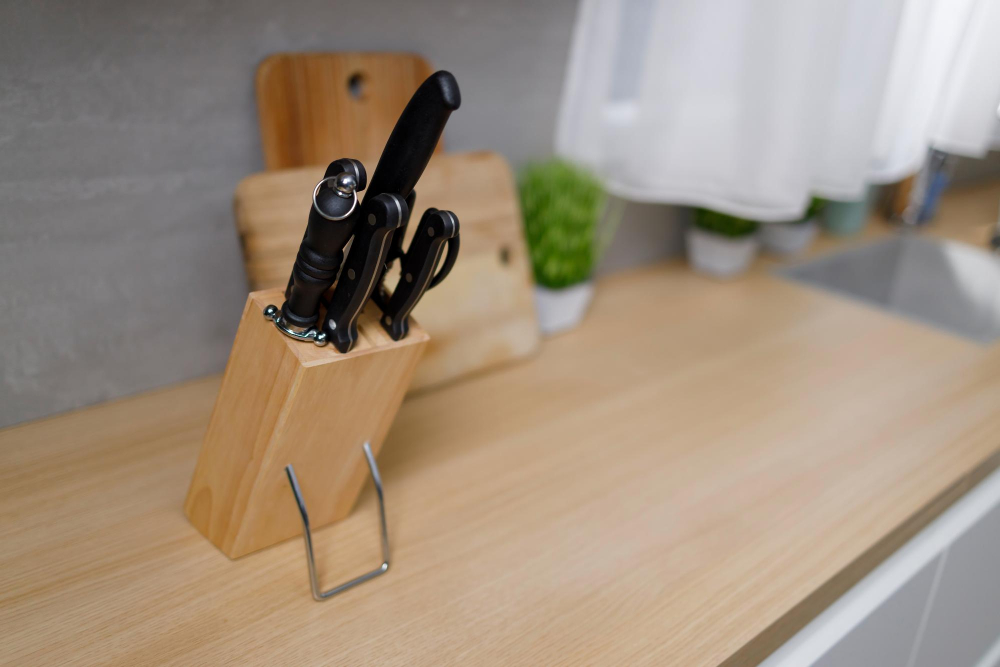
They come in a variety of wood species, including maple, oak, cherry, and walnut. Wood countertops can be custom-made to fit any size or shape of the countertop area.
One advantage of wood countertops is that they are relatively easy to install compared with other materials like stone or concrete. However, they do require regular maintenance such as oiling and sanding down scratches.
Another benefit is that wood naturally has antibacterial properties which make it an excellent surface for food preparation areas. It’s important though not to cut directly on the countertop surface as this can damage it over time.
When choosing a wooden countertop material consider its durability against water damage since moisture can cause warping if left unattended.
Stone Countertops
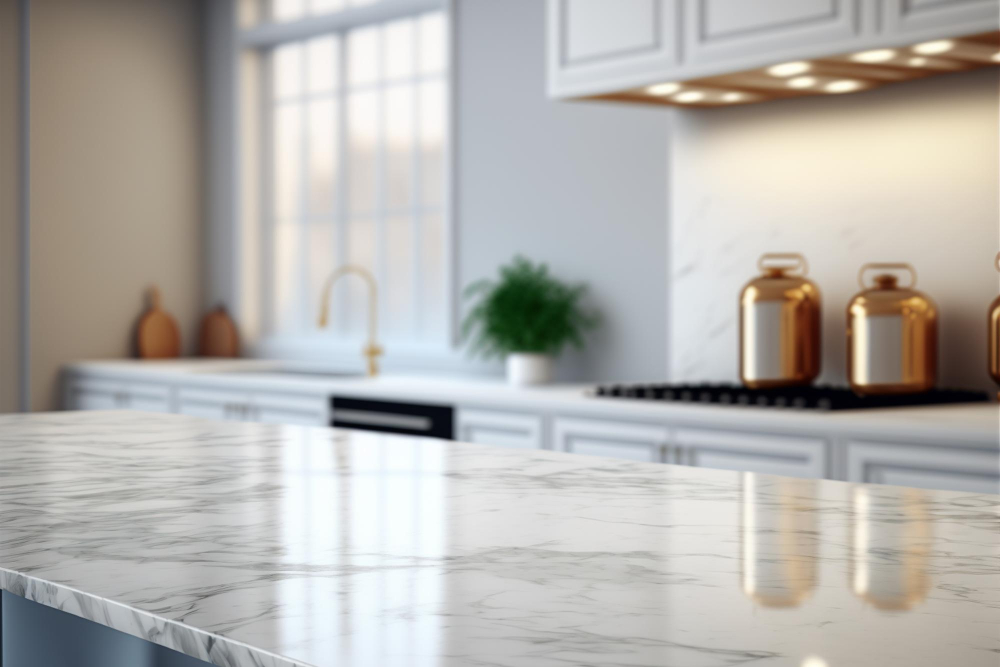
Granite, marble, and quartz are the most common types of stone used for countertops. These materials offer a natural beauty that can’t be replicated by other countertop options.
Granite is one of the most durable stones available and comes in a variety of colors and patterns. It’s resistant to heat, scratches, stains, and bacteria making it an ideal choice for busy kitchens.
Marble has been used in homes for centuries due to its timeless beauty but requires more maintenance than granite or quartz as it’s prone to staining from acidic substances like lemon juice or vinegar.
Quartz is engineered stone made from ground-up quartz mixed with resin binders which makes it non-porous so you don’t have worry about sealing like you would with granite or marble. It also comes in many different colors that mimic natural stone patterns without any imperfections.
Stainless Steel Countertops

They are durable, easy to clean, and resistant to heat and stains. Stainless steel is also non-porous which means it won’t harbor bacteria or germs making it a hygienic option for your kitchen.
One of the biggest advantages of stainless steel countertops is their durability. They can withstand heavy use without showing signs of wear or tear like scratches or dents that other materials may show over time.
Another advantage is that they blend well with any kitchen design style from traditional to contemporary. You can pair them with wood cabinets for a warm feel or go all out with white cabinets and appliances for an ultra-modern look.
However, there are some downsides too – fingerprints tend to show up easily on the surface so frequent cleaning may be required if you want them looking pristine at all times! they can be noisy when pots and pans clang against them during cooking.
Peel and Stick Covering
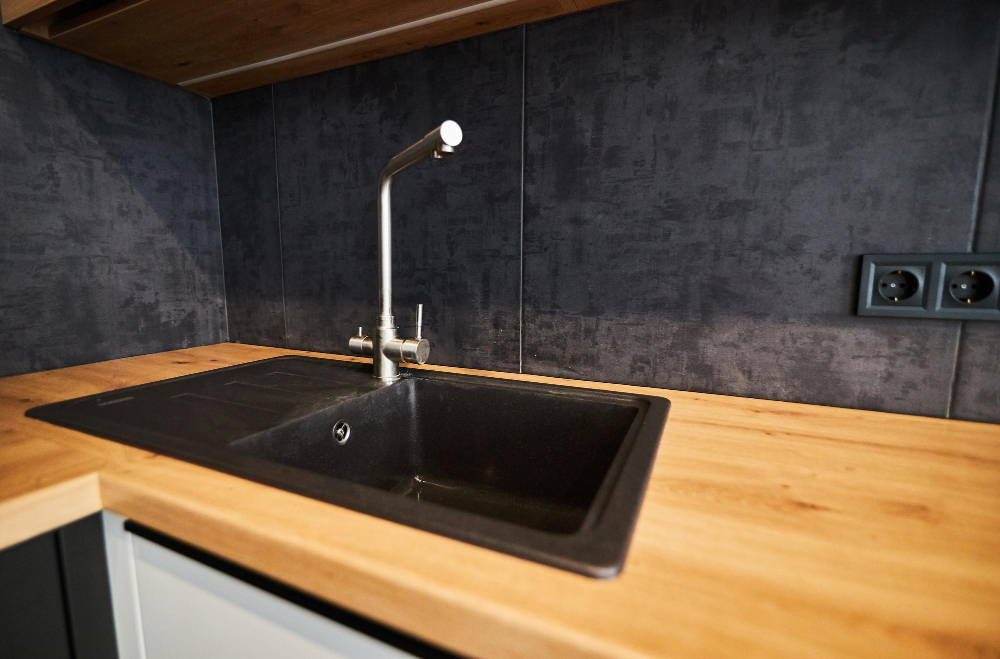
This type of covering comes in various colors, patterns, and textures that can mimic the look of natural stone or wood. It’s also an affordable solution that won’t break the bank.
To apply peel-and-stick countertop covers, start by cleaning your countertops thoroughly with soap and water. Then measure your counters carefully to ensure you have enough material to cover them completely.
Next, cut the peel-and-stick material according to your measurements using a utility knife or scissors. Peel off the backing paper from one corner of the adhesive side then align it with one edge of your counter before pressing it down firmly onto its surface.
Slowly remove more backing paper as you work across each section until all areas are covered entirely without any air bubbles trapped underneath. Peel-and-stick countertop covers are easy-to-install but may not be as durable as other materials like granite or quartzite; therefore they require careful handling when cleaning up spills or cutting food on top so they don’t scratch easily over time.
Countertop Paint
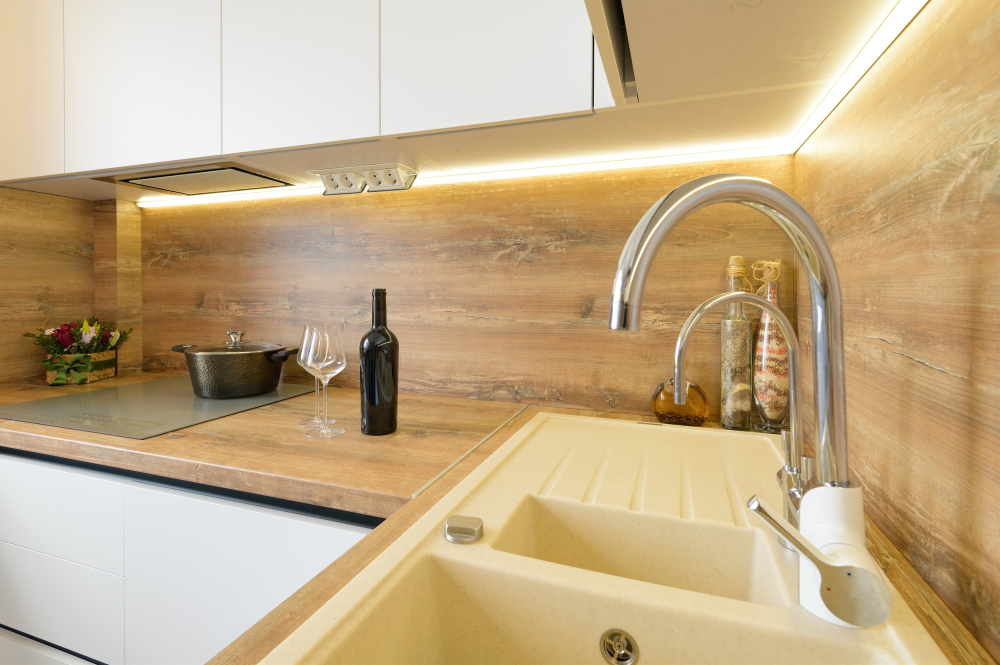
This type of paint comes in various colors and finishes, including matte, glossy, or metallic. It can be applied to different surfaces such as laminate, wood or tile.
Before applying the countertop paint, make sure that the surface is clean and dry. Remove any dirt or debris using soap and water then let it dry completely before painting.
When choosing your countertop paint color consider your overall kitchen design scheme so that it complements other elements like cabinets backsplash etc., you may also opt for neutral shades if you plan on changing up decor frequently.
Once painted allow ample time for drying before placing anything on top of them; this will ensure longevity as well as prevent chipping from heavy objects being placed onto newly painted surfaces.
Refinishing Kit

These kits come with everything you need to give your countertops a brand new look without having to replace them entirely. Refinishing kits typically include primer, paint or epoxy coating, and topcoat sealant.
Before using a refinishing kit on your countertops, make sure that they are in good condition and free of any major damage or cracks. The process involves sanding down the surface of the countertop before applying multiple coats of primer and paint/epoxy coating.
While refinishing kits can be more expensive than other covering options like contact paper or peel-and-stick tiles, they offer long-lasting results that can withstand daily wear and tear better than some other materials.
It’s important to follow all instructions carefully when using a refinishing kit as it requires proper preparation techniques such as cleaning thoroughly before application.
Contact Paper
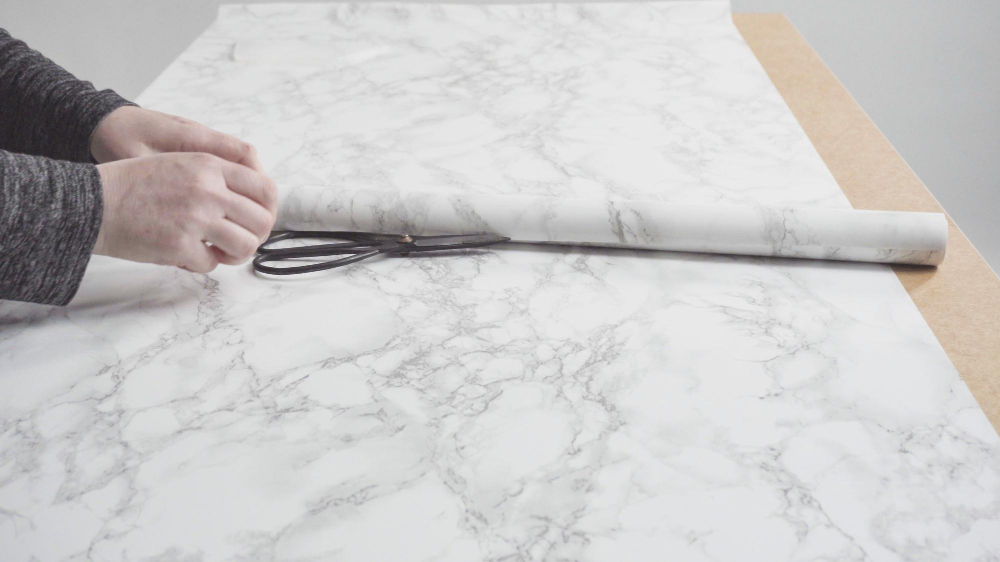
It’s easy to install, comes in a variety of colors and patterns, and can be removed without damaging the surface underneath. To use contact paper on your countertops, start by cleaning the surface thoroughly with soap and water.
Measure your countertop carefully before cutting the contact paper to size. Peel off the backing slowly as you apply it to avoid air bubbles or wrinkles.
One thing to keep in mind when using contact paper is that it may not hold up well under heavy use or exposure to heat or moisture over time. However, if you’re looking for a temporary solution that will give your kitchen an instant facelift without breaking the bank, then contact paper might just be what you need.
When choosing which type of contact paper to use on your countertops consider its durability rating as some are more durable than others depending on their thickness level.
Eco-Friendly Options

One of the most popular options is recycled glass countertops. These countertops are made from crushed glass and a binding agent, creating a unique and durable surface that’s resistant to scratches and heat.
Another eco-friendly option is bamboo or reclaimed wood countertops. Bamboo grows quickly, making it a sustainable choice for homeowners who want to reduce their environmental impact.
Reclaimed wood also offers an environmentally friendly alternative as it repurposes old materials instead of cutting down new trees.
For those who prefer stone surfaces but still want an eco-conscious option, consider using soapstone or slate instead of granite or marble which require more energy-intensive mining processes.
Hiding Damage and Imperfections
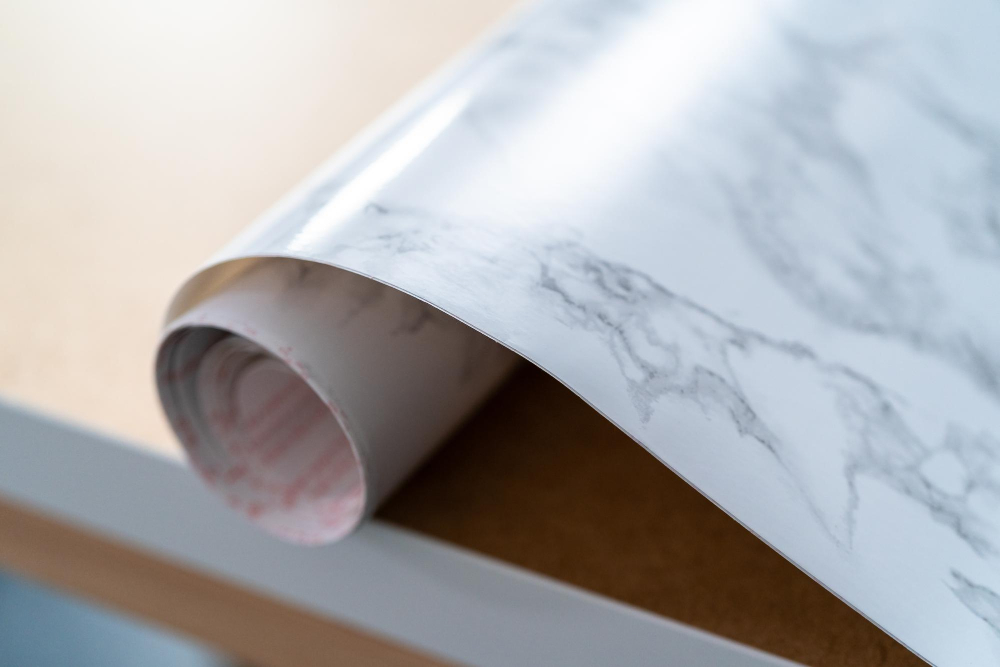
One of the best things about covering your countertops is that you can hide any damage or flaws underneath. For example, if you have a laminate countertop with chips or cracks in it, simply apply a layer of contact paper over it to conceal the blemishes.
Similarly, if you have an old tile countertop that’s missing some tiles or has grout lines that are stained beyond repair – consider painting over it instead of replacing everything entirely.
Another option for hiding damage is to choose materials like concrete or wood which lend themselves well to rustic finishes where minor dents and scratches add character rather than detract from their beauty.
Budget Considerations

Fortunately, there are many affordable options available that can give your kitchen a fresh new look without breaking the bank. For instance, peel and stick coverings and contact paper are inexpensive alternatives that come in various colors and patterns.
Another cost-effective option is countertop paint or refinishing kits which can be used to update the appearance of laminate or tile countertops. These products typically cost less than $100 but can make a significant difference in transforming the look of your kitchen.
If you have more money to spend on countertop upgrades, then natural stone or wood may be an excellent choice for you. However, keep in mind that these materials require professional installation which adds up significantly on top of material costs.
Maintenance Tips
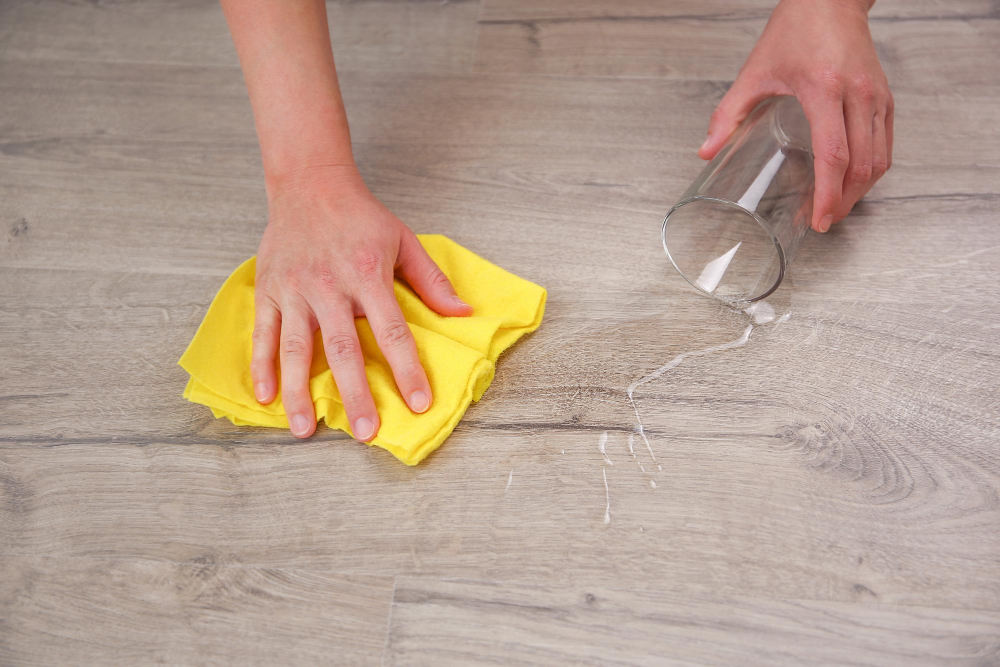
Here are some maintenance tips that will help keep your newly transformed countertops looking their best:.
1. Clean up spills immediately: Wipe up any spills or stains on the countertop surface right away with a damp cloth.
2. Use cutting boards and trivets: Avoid placing hot pots and pans directly on the countertop surface, use trivets instead.
3. Avoid harsh chemicals: Do not use abrasive cleaners or scouring pads that can scratch or damage the surface of your new countertops.
4. Regularly clean with mild soap and water: Use a gentle cleaner like dish soap mixed with warm water to clean your counters regularly.
5. Re-seal if necessary: If you have natural stone or concrete counters, make sure they are resealed every few years to protect against staining and damage from moisture.
Professional Installation Vs DIY
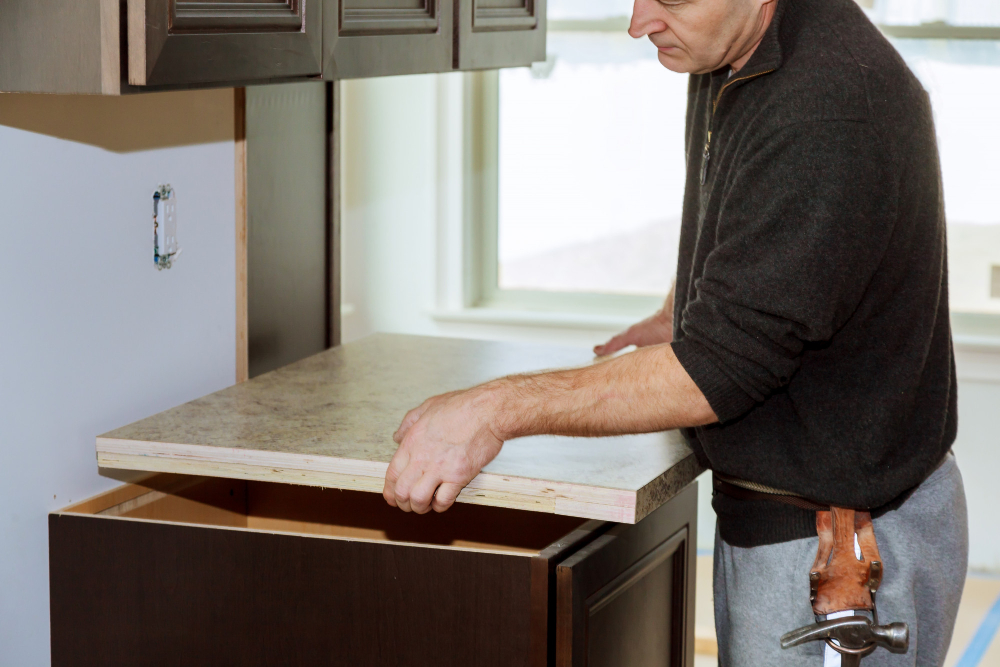
While DIY projects can be fun and cost-effective, they may not always produce the best results. Professional installation ensures that your new countertops are installed correctly and look great for years to come.
However, if you’re on a tight budget or enjoy taking on home improvement projects yourself, there are plenty of options available for DIY countertop coverings. Just keep in mind that some materials require special tools and skills that may be beyond the average homeowner’s abilities.
Ultimately, whether you choose professional installation or opt for a DIY project will depend on your skill level, budget constraints and personal preferences.
FAQ
What is the easiest way to cover countertops?
The easiest way to cover countertops is by using ceramic tile or countertop resurfacing kits, as they provide long-lasting results and require no special skills.
Can you cover over existing countertops?
Yes, you can cover over existing countertops by using countertop resurfacing techniques such as applying tile or sheet goods over the current surface, particularly smooth laminate.
Can you put new countertop over old countertop?
Yes, new countertops can be placed over old countertops if the existing counter is strong enough to support the overlay (such as tile, laminate, stainless steel, granite, quartz, concrete, and wood).
What types of materials can be used to cover existing kitchen countertops?
Types of materials that can be used to cover existing kitchen countertops include laminate, tile, quartz, granite, and concrete overlays.
How do I maintain the durability and appearance of my covered kitchen countertops?
To maintain the durability and appearance of your covered kitchen countertops, regularly clean them using a gentle cleaning solution, avoid placing hot items directly on the surface, and protect from scratches by using cutting boards.
What are the cost-effective alternatives for updating kitchen countertops without replacing them?
Cost-effective alternatives for updating kitchen countertops without replacing them include painting, applying contact paper, and installing tile overlays or laminate sheets.
Continue reading:
